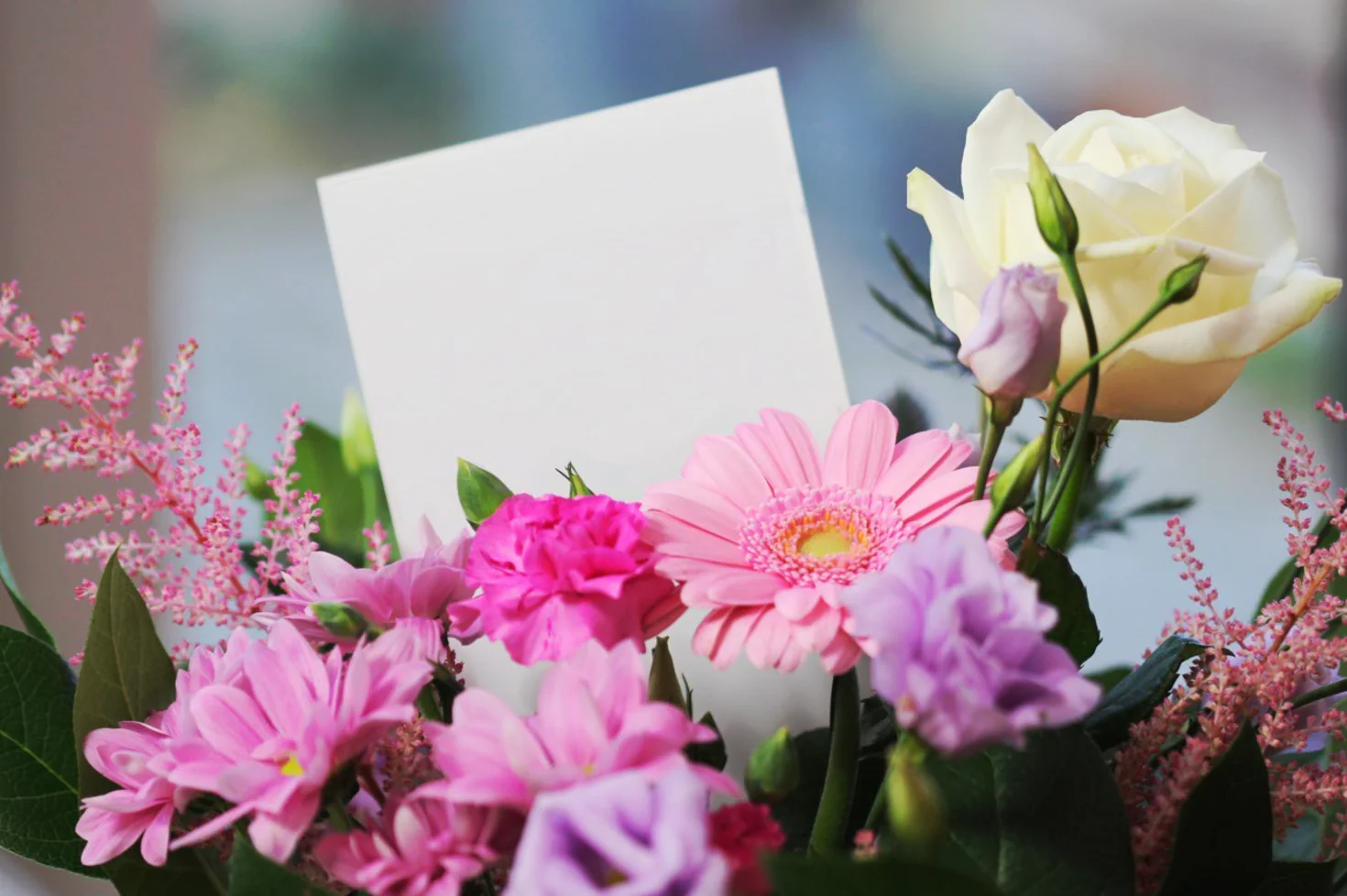Eco-Friendly Flower Gifting: Sustainable Floral Choices
- Home
- Eco-Friendly Flower Gifting: Sustainable Floral Choices

Flowers are a timeless way to express love, gratitude, sympathy, and joy. But behind their beauty, many commercially grown flowers carry a hidden cost—one that impacts the environment through excessive water use, chemical pesticides, and long-distance transportation.
Fortunately, it’s entirely possible to share the beauty of blooms without harming the planet. Whether you’re a conscious consumer or a florist seeking greener practices, eco-friendly flower gifting is a beautiful step toward sustainability.
Let’s explore how you can make thoughtful, earth-friendly floral choices.
Before diving into sustainable alternatives, it’s important to understand why traditional flower gifting isn’t always eco-friendly:
High Carbon Footprint: Many flowers are flown thousands of miles from overseas farms.
Pesticide Use: Non-organic flowers are often sprayed with synthetic chemicals that harm pollinators and water systems.
Plastic Packaging: Wrappings, ribbons, and floral foam are often made of non-biodegradable plastic.
Excess Water Consumption: Growing and transporting flowers in non-sustainable systems consumes large quantities of fresh water.
The good news? You can enjoy the beauty of flowers and still care for the earth—with just a few mindful changes.
Sourcing flowers grown close to home drastically reduces carbon emissions caused by air freight and long-distance trucking.
Supports local farmers and seasonal agriculture
Flowers are often fresher and last longer
Reduces dependency on large industrial farms
Ask your florist if they source locally
Visit farmers’ markets or floral farms
Use directories like Slow Flowers (for the US) or other local flower networks
Just like food, flowers can be grown organically—without harmful pesticides, synthetic fertilizers, or GMOs.
Veriflora – Sustainable growing and labor practices
Rainforest Alliance Certified – Ethical environmental and social practices
Fair Trade Certified – Ensures fair wages and safe conditions for workers
Even if organic flowers cost a bit more, you’re supporting a system that’s safer for workers, pollinators, and the earth.
Traditional flower arrangements often use floral foam, which is made of microplastics and is not biodegradable.
Use moss, twigs, chicken wire, or reusable flower frogs to support arrangements
Choose flowers wrapped in kraft paper, burlap, cloth, or reusable glass vases
Avoid single-use plastic ribbons or glitter-sprayed blooms
Many eco-conscious florists now offer completely compostable bouquets—just ask!
Fresh-cut flowers eventually wilt—but living potted plants or dried floral arrangements are long-lasting and low-impact.
Succulents, orchids, or herbs in decorative pots
Dried lavender, pampas grass, or eucalyptus for low-maintenance décor
A small bonsai or flowering indoor plant as a long-term gift
These options reduce waste and continue giving long after the initial celebration.
Being eco-friendly doesn’t stop at the point of purchase. Thoughtful flower gifting extends to what happens after the bouquet is received.
Compost old flowers or turn petals into potpourri
Reuse jars and vases for future arrangements
Press and frame sentimental flowers as keepsakes
Donate gently wilted flowers to hospitals, community centers, or nursing homes
Encourage recipients to enjoy their flowers in new ways—beyond the vase.
Eco-conscious florists are rising across the globe. They use:
Recyclable or compostable packaging
Locally and seasonally sourced blooms
Zero-waste or refillable delivery methods
Look for “eco-florists” in your area or online
Ask questions before placing an order
Share and promote sustainable floral businesses to increase awareness
When gifting flowers, include a small note that explains your sustainable choices. This raises awareness and inspires others to think green.
“This bouquet was made with local, pesticide-free blooms and wrapped in compostable materials. A gift for you—and the planet.”
A message like this not only adds depth to your gift but also encourages thoughtful conversation.
Eco-friendly flower gifting is not just a trend—it’s a meaningful shift toward living more harmoniously with nature. By choosing locally grown, organic flowers, avoiding plastic packaging, and supporting ethical florists, you send more than just a bouquet. You send a message of love—for people, pollinators, and the planet.
Next time you give or receive flowers, let them bloom with purpose.